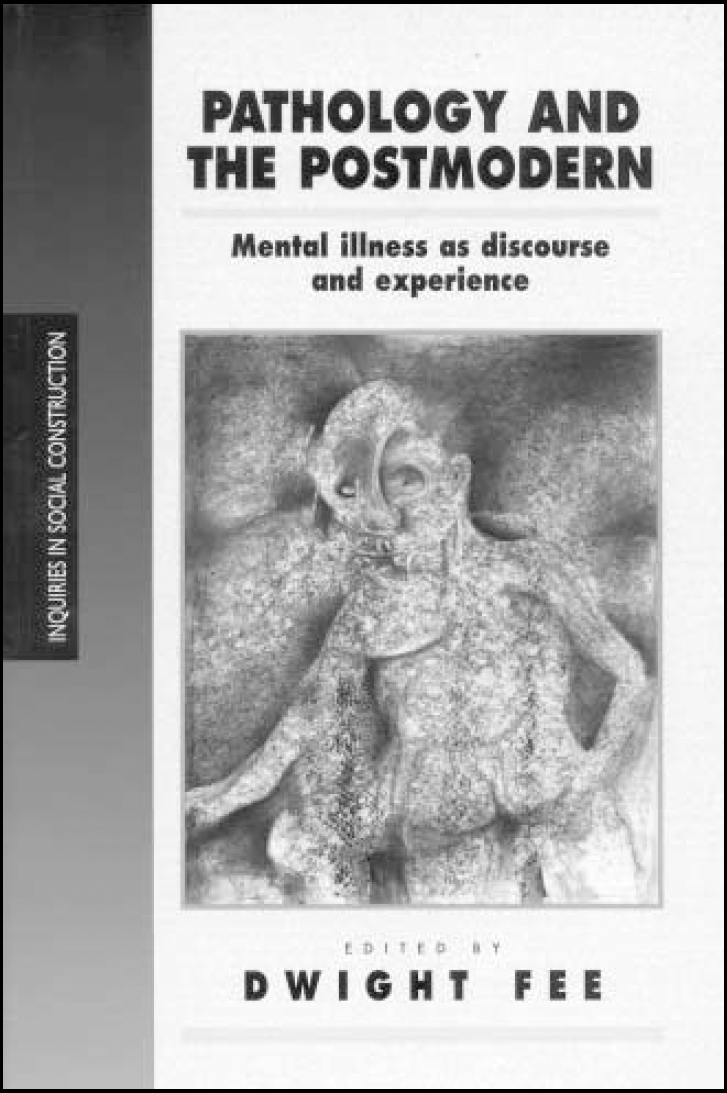British psychiatry, in both its organic and psychodynamic forms, tends to be empirical: what we see is what is. Evidence comes directly from our experience — and this was the founding principle of modernism in the 16th and 17th centuries. Post-modernism overturns that. What we think is comes from a construction by our minds, collectively, through our immersion in social and cultural attitudes. Usually, the post-modernists would say, we are unaware of those attitudes in our culture — as a fish is hardly aware of water, since, being always in it, it knows no better. Post-modernists do know better about the cultural constructions in which we all swim. Or rather, post-modernists take it as their job to try to ‘see the water’.

They employ a method of deconstruction — unpacking words and language to reveal hidden implicit meanings and injunctions. Deconstruction gives weight to the role of language and therefore language's inherent narrative property.
Within the social sciences, the contribution of post-modernism is social construction theory. In psychology it is discourse theory and in psychiatry it is labelling theory. However, the influence of both social construction and labelling theory in psychiatry has, as yet, been negligible.
The plethora of new psychiatric syndromes in recent years is a possible example of the regular construction of what we perceive and our patients experience, rather than empirical discovery (Burr and Butt, Chapter 9). As Fee's introduction conveys, mental illness represents the dislocation of patients' comfortable narratives of themselves. Professional narratives are offered (or constructed) to satisfy puzzled patients with meaning from an authoritative source. Gegen (Chapter 5), in arguing that the self of the modern period of history has given way to a fragile and dissolved self in the post-modern 20th century, suggests it has been replaced by commercialised images from the market-place. And in the medical market, the DSM (American Psychiatric Association, 1994) becomes a kind of source book for certain kinds of meaningful identity (Gottshalk, Chapter 2).
Empirical research, and its discoveries of aetiologies, is one — and only one — kind of narrative of distressed experience. It is no better, or worse than, say, the narratives discovered by psychoanalysts. So, the medical ‘stories’ of symptoms, diagnosis and cure are important as narratives in themselves, for insecure and fragmented persons. And because of their very concrete and bodily focus, those narratives gain a special credibility (Hewitt et al, Chapter 8). The message is that psychopathology has appropriated narrative in a medical way, and needs to be deconstructed to reveal its true purpose — a kind of power play of psyprofessionals (Burr and Butt, Chapter 9 again).
There is much here to dismay orthodox psychiatry. However, this book does present a clarity (varying a bit from chapter to chapter) that is vivid. Because post-modernism has swept quickly from France across the USA, we would be better armed with some knowledge, rather than ignorance, when it washes up on our shores. This book would be a good place for psychiatrists to start.



eLetters
No eLetters have been published for this article.